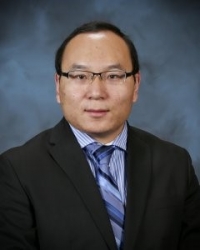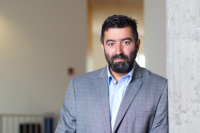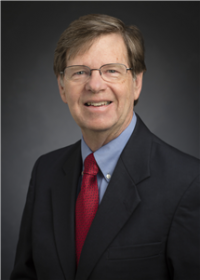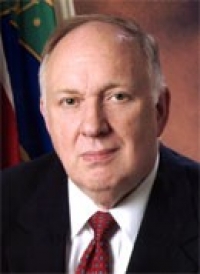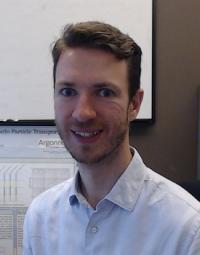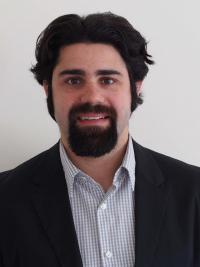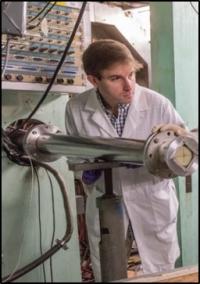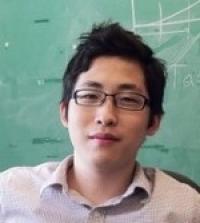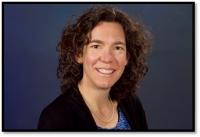
SPEAKER:
XUNXIANG HU
RESEARCH STAFF/EUGENE P. WIGNER FELLOW
OAK RIDGE NATIONAL LABORATORY, OAK RIDGE, TN 37931
EMAIL: HUX1@ORNL.GOV
DATE/TIME:
MON, 04/23/2018 – 4:00PM TO 5:00PM
LOCATION:
3105 ETCHEVERRY HALL
Spring 2018 Colloquium Series
Abstract:
Tungsten as a candidate plasma facing material in fusion reactors is confronted by a hostile environment, characterized by high temperature, and high fluxes of heat and particles (D, T, He, and neutrons) when in service. In particular, the 14 MeV-peak neutron irradiation produces displacement damage as well as generating significant concentrations of transmutation elements (i.e., He, Re, Os), resulting in important thermo-mechanical property degradation. In this presentation, the microstructural evolution of tungsten exposed to neutron irradiation at High Flux Isotope Reactor will be introduced as well as the consequential mechanical property degradation.
About the Speaker:
Dr. Xunxiang Hu is currently a Research Staff/Eugene P. Wigner Fellow at the Materials Science and Technology Division at Oak Ridge National Laboratory. He received his PhD in Nuclear Engineering from UC Berkeley in 2013. Before coming to US, he received his Bachelor (2007) and Master (2009) degrees in Nuclear Engineering from Shanghai Jiao Tong University and Tsinghua University in China, respectively. His research is in the field of irradiation effects of materials, and is focused on gas behavior in structural materials used in fission and fusion environments.

